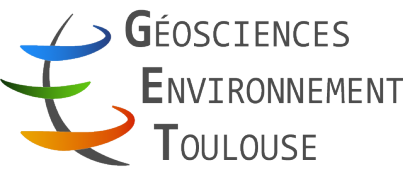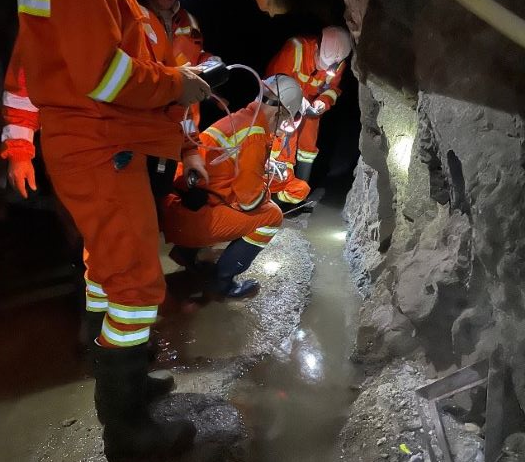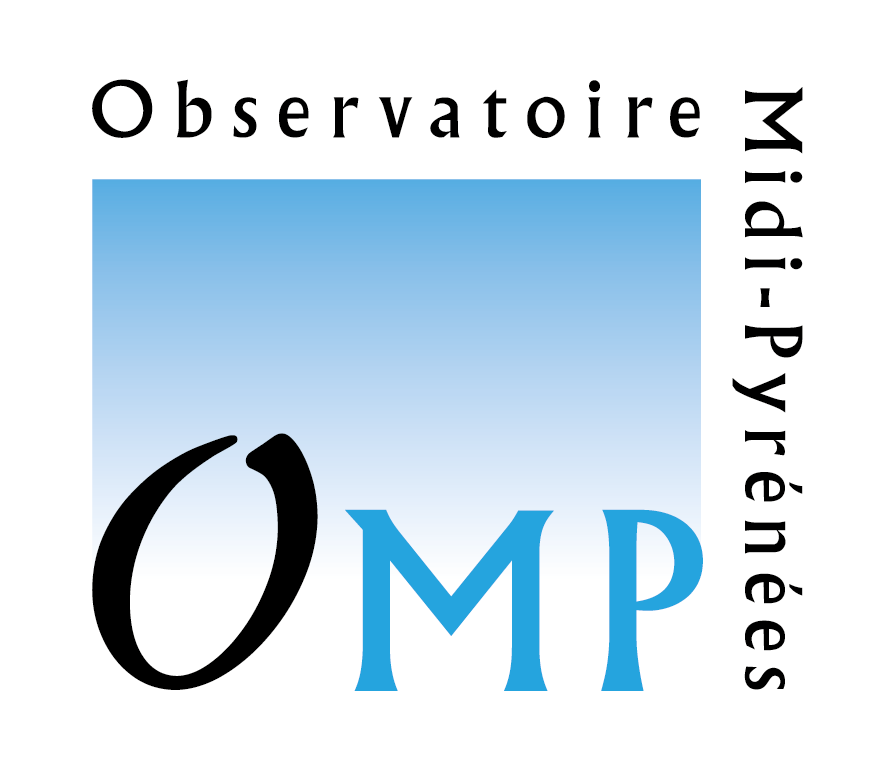Discovery of a large reservoir of hydrogen in an underground mine in Alabama
An international scientific team involving researchers from the Institut des sciences de la Terre (ISTerre* – CNRS/IRD/UGA/Univ. Gustave Eiffel/USMB) and GET has just discovered a reservoir of natural hydrogen in the depths of a chromite mine in Albania. This discovery, which opens up new prospects for the exploration of natural hydrogen, is the subject of an article published in Science magazine on 8 February.
Natural, or geosourced, hydrogen (H2) has recently attracted a great deal of interest because of its potential as an extractable primary energy resource. This new study, published in Science magazine, specifically addresses this important issue by highlighting remarkably high hydrogen outgassing, of at least 200 tonnes per year, and constant for at least 6 years, in an underground chromite (chromium ore) mine in Albania. This is the highest natural flow of H2 measured to date. One of its physical manifestations transforms a drainage basin located at a depth of 1000 m in the mine into a 30 m2 Jacuzzi bubbling with almost pure H2 (84% by volume). This considerable natural outgassing raises the question of the origin of hydrogen and potential economic prospects.
Read more on the Université Grenoble Alpes website.
GET contact: Christophe Monnin








